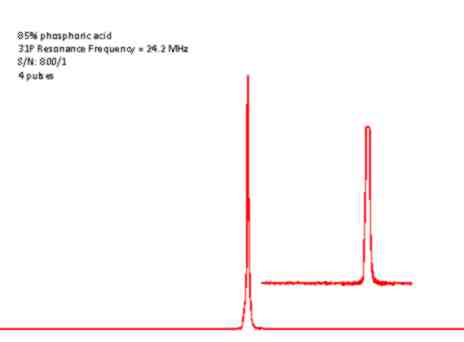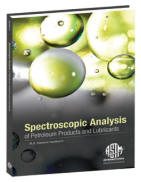Below are a few further examples of acetylation reactions of acetic anhydride with an excess of alcohol. The alcohols include tert-butanol and isopropanol.
Reaction 1: Acetylation of t-butyl alcohol with acetic anhydride in the presence of acid.

Reaction 2: Acetylation of Isopropanol with acetic anhydride in the presence of acid.

Reaction 3: Methoxyacetone and hydroxylamine reaction in methanol to form an Oxime


Resolution of the methylenes in the methoxyacetone and the reaction product is readily observed.

All the above experiments were performed in an NMR tube. We are currently looking at the same reactions under flow conditions utilizing a HPLC pump and PEEK tubing to transport sample to the NMR probe at 5 ml/min.






